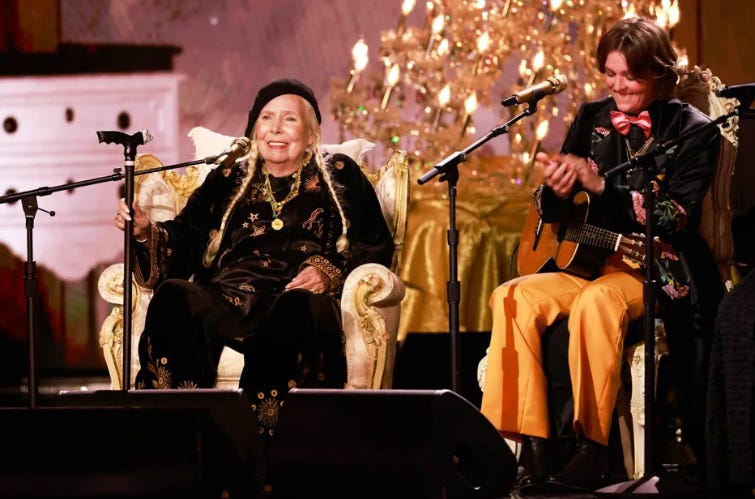Tasty Culture Snacks for Midlife Women
Our Music Editor serves them up hot and fresh!
Two things I told
, Womancake’s Editor-In-Chief, when I signed on to be the Music Editor: I don’t want to do music or concert reviews, or artist interviews. That said, there was a perfect trifecta of recent happenings that prompted this snack-portioned version of my column. In the spirit of this quarter’s theme, which is “The Li…Keep reading with a 7-day free trial
Subscribe to Womancake Magazine to keep reading this post and get 7 days of free access to the full post archives.




